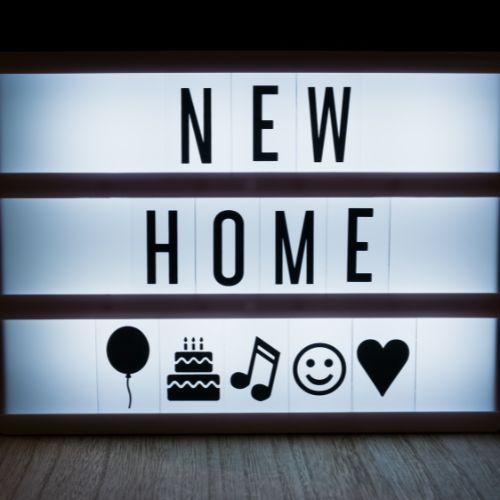
DIY Home Design: Empowering or a Recipe for Disaster?
|
|
Time to read 1 min

Welcome to our hub of new arrivals! Explore our latest additions, constantly...
|
|
Time to read 1 min
The DIY home design trend has gained significant popularity in recent years. With the rise of home improvement shows and online resources, homeowners are increasingly taking design matters into their own hands. However, this trend raises an important question: is DIY home design truly empowering or can it be a recipe for disaster?
One of the biggest advantages of DIY home design is the sense of empowerment it provides to homeowners. By taking on the responsibility of designing their own spaces, individuals can express their creativity and personalize their homes according to their unique tastes and preferences.
DIY home design also allows homeowners to save money on professional design services. With a bit of research and some basic tools, individuals can transform their living spaces without breaking the bank. This cost-saving aspect is particularly appealing to those on a tight budget.
While DIY home design can be empowering, it also comes with the potential for amateur mistakes. Designing a home involves more than just choosing colors and furniture. It requires knowledge of spatial planning, building codes, and safety regulations.
Amateur mistakes in DIY home design can result in costly repairs and even compromise the structural integrity of a home. For example, improper electrical wiring or plumbing installations can lead to dangerous situations and put the safety of occupants at risk.
Another aspect to consider is the safety concerns associated with DIY home design. Without proper training and experience, homeowners may unknowingly overlook important safety measures. From using incorrect materials to not following safety protocols, the risk of accidents and injuries increases when design projects are undertaken without professional guidance.
Additionally, tackling complex renovation projects without the necessary expertise can lead to subpar results. Poorly executed DIY designs may not only diminish the aesthetic appeal of a home but also affect its resale value.
To make the most of DIY home design while minimizing the potential for disaster, homeowners should find a balance between empowerment and professional guidance. It's crucial to invest time in learning about design principles, obtaining necessary permits, and seeking expert advice when needed.
For complex projects that involve structural changes or intricate installations, it's advisable to consult with professionals. They can provide valuable insights, ensure compliance with regulations, and help avoid costly mistakes.
Ultimately, DIY home design can be a fulfilling and cost-effective option for homeowners. However, it's essential to approach it with caution, recognize limitations, and prioritize safety and quality. By striking the right balance between empowerment and professional assistance, homeowners can achieve their design goals while minimizing the risks associated with amateur mistakes.